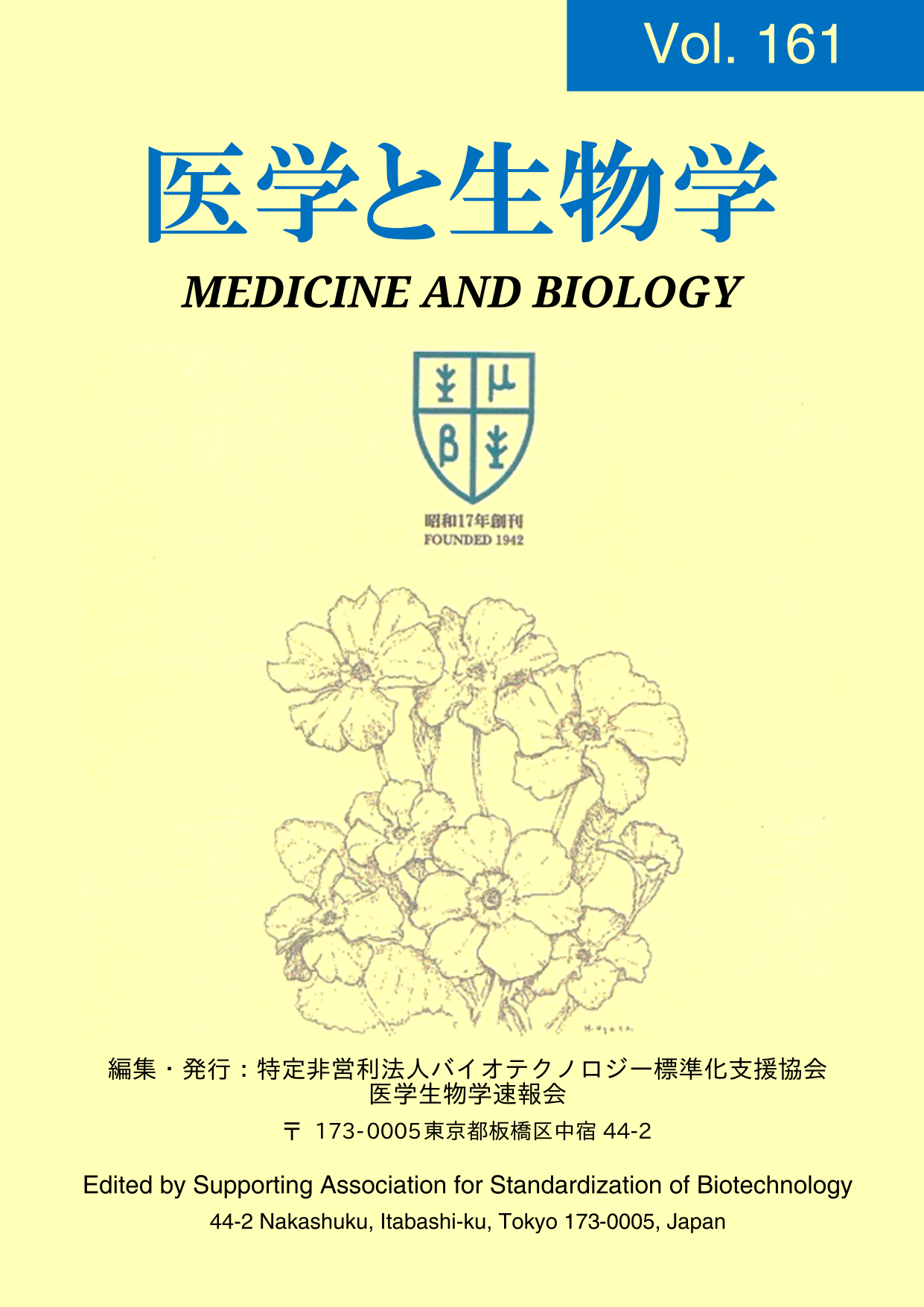Depression and Factors for Fathers Less Than One Year After Child birth
Keywords:
Fathers, EPSD, Childcare, Depression, Postpartum depressionAbstract
The purpose of this study is to clarify the actual conditions and factors for postnatal depression in fathers less than one year after childbirth. Accordingly, a self-signed and self-administered questionnaire was distributed to fathers who participated in a maternity class held for mothers and fathers in the Kansai area, and they were asked to return the questionnaires by mail from early to at most one year after the mother gave birth. The survey contents contained basic attributes, childcare hours, overtime hours and number of days, and EPSD was used as a scale to measure postpartum depression. The questionnaire was distributed to 500 people,199 questionnaires were returned (39.8%), and there were 181 valid responses. With an EPSD of less than nine points classified as a “normal group,” and an ESPD of nine points or more classified as the reference point, we conducted a statistical examination of the postpartum “depressive state,” and based on the percentage of replies to questions, we examined the factors inherent in the fathers and their tendencies. The purpose of this study is to clarify the actual conditions and factors for postnatal depression in fathers less than one year after childbirth. Accordingly, a self-signed and self-administered questionnaire was distributed to fathers who participated in a maternity class held for mothers and fathers in the Kansai area, and they were asked to return the questionnaires by mail from early to at most one year after the mother gave birth. The survey contents contained basic attributes, childcare hours, overtime hours and number of days, and EPSD was used as a scale to measure postpartum depression. The questionnaire was distributed to 500 people,199 questionnaires were returned (39.8%), and there were 181 valid responses. With an EPSD of less than nine points classified as a “normal group,” and an ESPD of nine points or more classified as the reference point, we conducted a statistical examination of the postpartum “depressive state,” and based on the percentage of replies to questions, we examined the factors inherent in the fathers and their tendencies.
Out of 181 valid replies to the questions, 30 fathers (16.6%) were at the reference point or above, 14 fathers experienced postpartum depression one month after childbirth (46.7%), four fathers experienced it one to three months after childbirth (13.3%), two from three to six months after childbirth (6.7%),10 from six to nine months after childbirth (33.3%), and zero (0%) from nine months to less than one year after childbirth.
Based on the results of the basic attributes and EPSD, it was confirmed that the father fell into a state of depression within 9 months after the birth of his child. It was also suggested that the father's school age, occupation, childcare time, working hours, and the number of overtime days were not factors in the father's depression.


